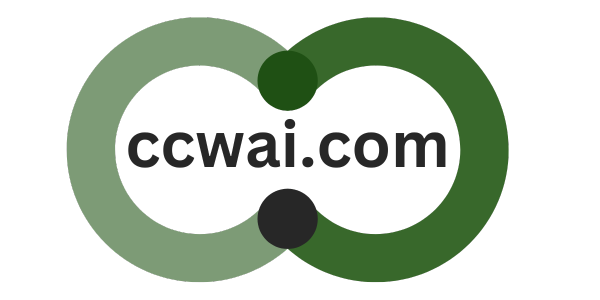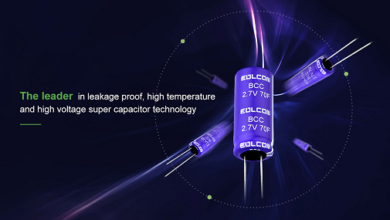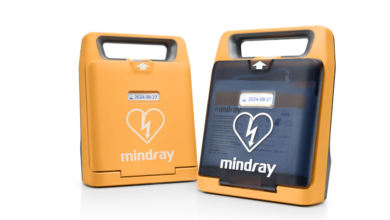Internet of Things and Artificial Intelligence: A New Road to the Future Digital World

With the rapid development of the Internet of Things (IoT), it has now become a buzzword for everyone who works in this area of research. Further, it is seen that with the rapid development of sensors and devices their connection to IoT become a treasure trove for big data analytics. It has found numerous applications in developing smart cities where predictions of accidents and traffic flow in the cities can be effectively monitored.
Read also: Masters In AI And Machine Learning.
smart health care where the doctor is able to get useful information from the implant sensor chip in the patient’s body; industrial production can also be enhanced manifolds by efficient prediction of the working of the machinery and smart metering in helping the electric distribution company to understand the individual household energy expenses and making smart homes with connected appliances to name a few.
Working Principles of IoT
IoT has a unique identification that is embedded relying on the RFID connections which does not need any human or human–computer intervention for its work (Ashton, 2009). The IoT devices use IPv6 addressing for a huge address space, which makes it operational with active monitoring by computers with network connectivity and controlled by sensors attached to that devices. This monitoring and control can be interestingly seen in smart home applications where one can turn on the air conditioner while returning from the office on the way home.
The Internet of Insecure Things
IoT technology is undergoing incredibly fast development and is a heterogeneous network of small yet lightweight devices; security aspects are to be addressed for IoT deployment so that it can suitably address the issues that may come in the way while used for both personal and commercial purposes (Eijndhoven, 2016). To that effect, the networking capability is incorporated into the IoT devices with proper encryption; firewalls and antivirus methods are applied to counter the security concerns. This way, the confidentiality of the data and privacy of the users are guaranteed. But, this poses some challenges also.
Artificial intelligence
As we move toward the highly connected digital world, everything or anything goes smart with the use of small lightweight sensors with distributed intelligence; a huge amount of data is being collected from such networked devices, which poses real-time challenges in dealing with them for better insights and making corrective action thereto.
The data is so BIG a data that even if one takes a sample of it for processing, time and accuracy become a challenge. For example, in the case of wearable computing, where sensors are implanted in the human body and are interconnected and connected to the Internet, any health-related issues arising from the patient’s body can immediately be sent to the concerned doctor for taking the necessary action





